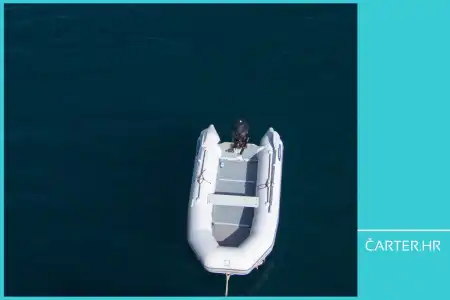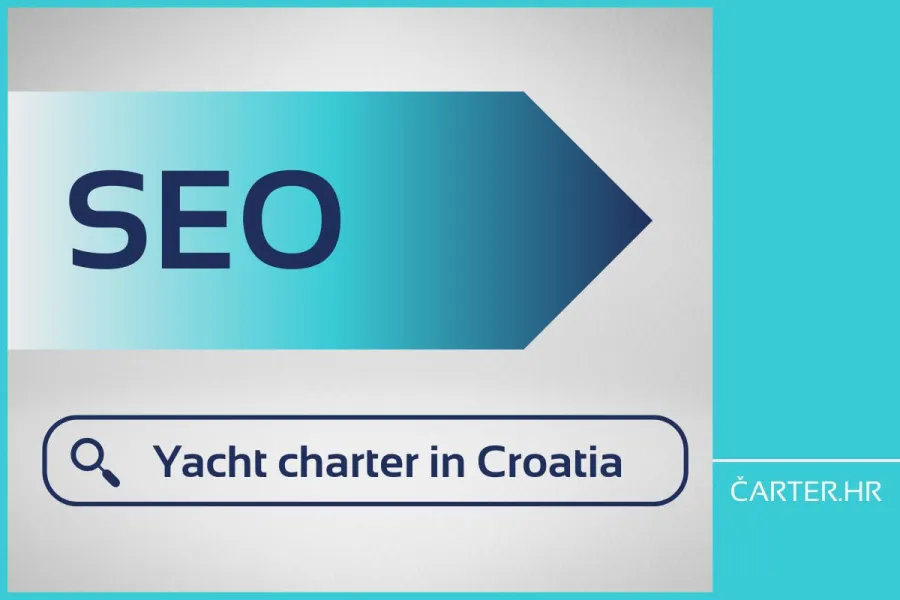
The best way to connect with your audience and potential guests is to understand what they are searching for online. Search intent, also known as user intent, provides information on how to attract and retain your desired audience.
People will always be in search of information.
But do you know why they do that – what's their intent?
To know "the why" is the essence of successful SEO. Search intent, also known as user intent, reveals the motivation behind a user's query.
For an effective SEO strategy, knowing what motivates the user is vital.
By recognising and addressing search intent, you can improve your search rankings but also elevate user experience and user engagement.
All this will lead to deeper, more meaningful interactions on your website.
When users (your future clients and guests) find precisely what they're looking for, they're more likely to stay, explore more, and eventually convert, i.e. make a booking.
So, yes – understanding search intent is indispensable to your digital marketing strategy.

Types of search intent
There are different types of search intents on which you can base your content to meet the needs of the end user. Each type represents a distinct purpose behind a user's search query.
These are the four primary types of search intent which shape user behaviour and content requirements:
Navigational intent
Navigational intent is when there is search for a specific website or a certain page. These people know exactly where they want to go and are using search engines as a quick way to get there.
Examples of navigational searches include:
- Typing "Facebook" or "Facebook login" to directly access the Facebook login page.
- Entering "YouTube" into the search bar will lead to YouTube's homepage.
Informational intent
Informational intent occurs when users are seeking information or answers to questions. Their searches are knowledge-based, aiming to learn or understand something new.
Examples include:
- Searching "How to tie a tie" for step-by-step instructions on tying a tie.
- Check "Weather in Zadar" for the latest weather updates when planning a trip.
Transactional intent
When users are ready to make a purchase or complete a specific action, it is called transactional intent. These users have often done their research and are now prepared to convert.
Examples include:
- Looking up "Nike sneakers" to find the best place to purchase a new pair of sneakers.
- Searching "Sign up for Netflix" to start a subscription with this streaming service.
Commercial intent
Commercial intent is the phase where users research products or services before making a final decision. These searches are often comparative and evaluative.
Examples include:
- Searching "Best laptops 2024" to compare the latest models and features before buying a new laptop.
- Investigating "Top yacht charter companies in Croatia" to find the most reputable companies for planning a yacht charter vacation.

Identifying search intent in keyword research
Effective keyword research starts with understanding search intent.
You must find the right keywords and discern the user's underlying intent.
Here's how to get started:
Tools and methods
To analyse search intent behind keywords, use tools such as Google Keyword Planner, Ahrefs, and SEMrush.
These platforms will provide information about search volumes, trends, and related keywords, helping you understand what users are really looking for.
High vs. low intent
Differentiate between high and low-intent keywords to tailor your content strategy.
High-intent keywords indicate readiness to act, such as "booking yacht charter," suggesting that the user is ready to make a booking.
Low intent keywords indicate information gathering, like "yacht charter options," where the user is still in the research phase.
With the right tools and knowledge about nuances between different types of search intent, you can create just the right content that meets the needs of your audience, ultimately driving more traffic and higher conversion rates.
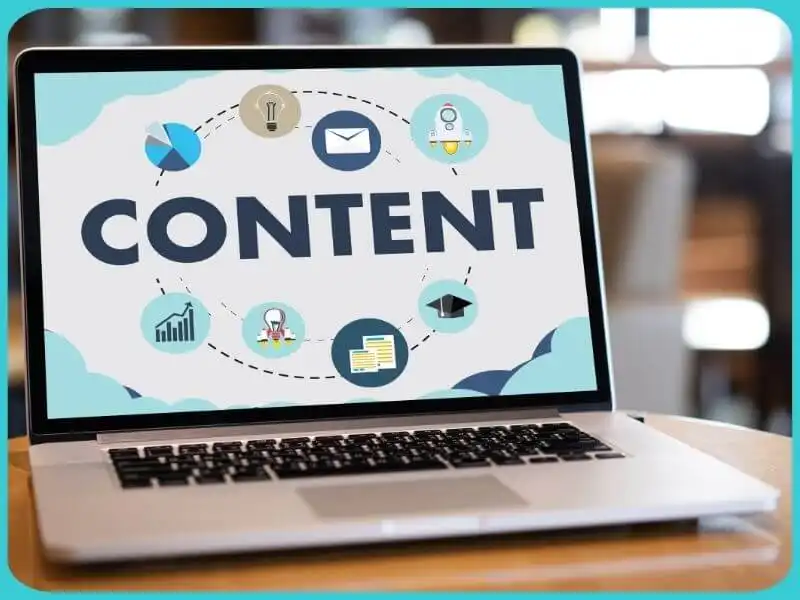
Creating content to match search intent
Content aligned with user intent ensures that your website's visitors find exactly what they need, enhancing user satisfaction and leading to higher engagement, lower bounce rates, and increased conversions.
You might consider these strategies:
Content types
Match the format of your content to the user's intent.
For informational content, such as answering questions or providing detailed explanations, blogs work best.
For how-to guides or step-by-step instructions, videos are highly effective as they offer visual and auditory learning.
Infographics are ideal for presenting quick, visual data and making complex information more understandable.
Writing style
Your writing style and structure should align with the search intent.
For informational intent, use a clear, detailed, and authoritative tone, providing in-depth guides and comprehensive articles.
For transactional intent, adopt a persuasive and compelling tone, focusing on calls-to-action and benefits to encourage conversions.
For commercial investigation, compare and review vessels or services objectively, providing pros and cons to help users make informed decisions.
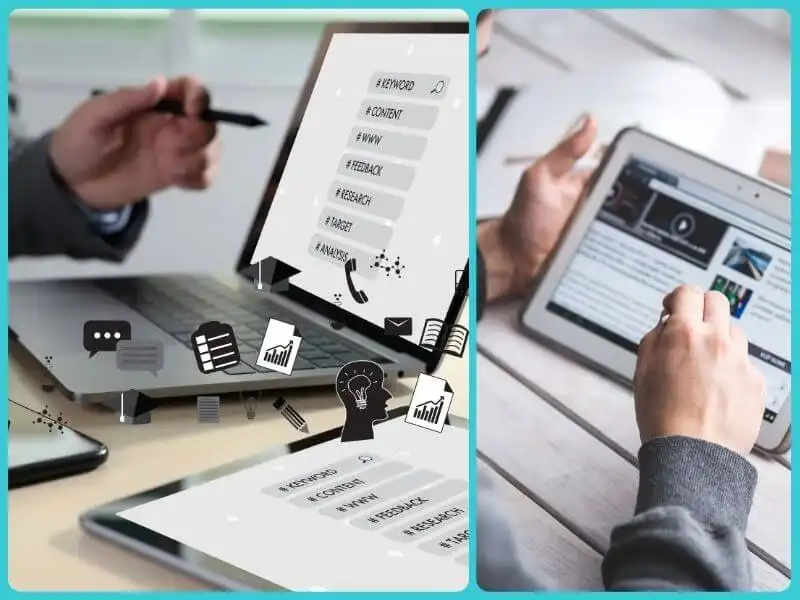
Optimising on-page SEO for search intent
Effective on-page SEO is essential for aligning with search intent, ensuring that your content meets user expectations and ranks well.
Here are some key strategies you can use:
Meta titles and description
Write meta titles and meta descriptions that accurately reflect the user's intent.
They should be concise yet informative, highlighting the core content of the page and encouraging users to click.
For instance, a meta title for a page targeting transactional intent might read, "Book your yacht charter in Croatia - best rates & services."
Headers and subheaders
Use clear and descriptive headers and subheaders to structure your content.
This helps users easily navigate the page and find the information they need.
Headers should be logically ordered (H1, H2, H3) and include relevant keywords to boost SEO.
Content relevance
Your content should directly address the user's needs and be easy to read.
Avoid fluff and focus on providing value. Use bullet points, short paragraphs, and visuals to enhance readability.
The content should be comprehensive, answering all potential questions a user might have about the topic.
Use user behaviour data to refine search intent
To understand how well your content aligns with search intent and for making informed adjustments to your strategy, the most important thing is to use data on how your users behave.
Here's how to do it effectively:
Metrics analysis
Track performance indicators such as bounce rate, time spent on a page, and conversion rates.
A high bounce rate may indicate that your content is not meeting user expectations or search intent.
Conversely, a longer time on the page and higher conversion rates suggest that users are finding value in your content. Tools like Google Analytics can provide this information.
Strategy adjustments
Use the data collected to make your content strategy as best as it can be.
If you notice high bounce rates, consider revisiting your content's relevance and structure.
If people are leaving quickly from a page intended for booking intent, your call-to-action might need to be more compelling.
Ask for feedback through, polls, surveys or social media to understand user needs better.
Regularly update and optimise content based on gathered information, as it has to remain relevant and valuable.
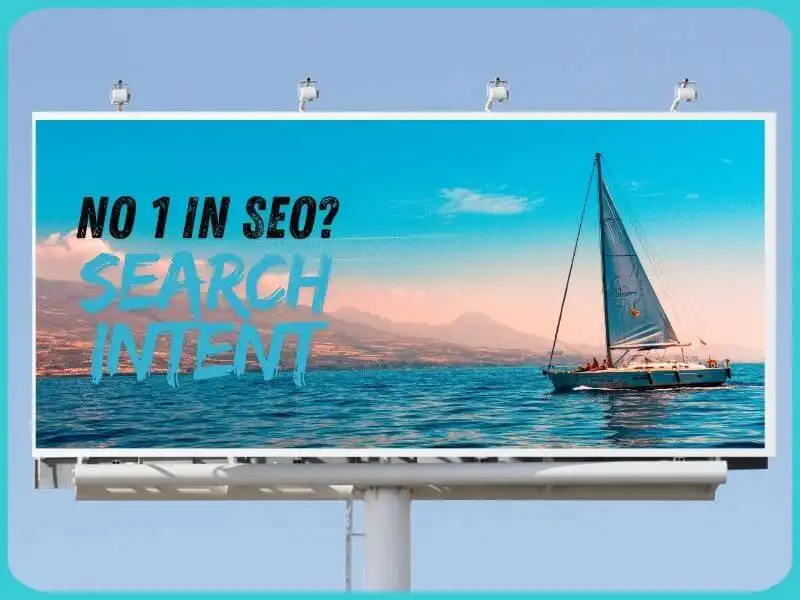
Prioritising search intent in SEO
If your wish and need is to attract and engage potential guests you have to integrate search intent into your SEO strategy.
By focusing on search intent, you can create content that genuinely resonates with your audience, improving engagement and driving better rankings.
Understanding the specific needs of your audience allows you to deliver precisely what they're looking for.
This user-centric approach ensures that your content strategy remains effective and relevant.
So, our advice is to create easy-to-navigate, informative, and engaging content that meets your people's specific needs, whether they're in the research phase or ready to book a vessel.
If you want to achieve visibility in search engines but also encourage repeat visits, build a loyal customer base. The one that trusts your expertise and services – contact us, and we will help you.
Make sure to subscribe to our newsletter and follow us on our social media, Facebook, Instagram and LinkedIn.
Categories of trends
- News
- Sale
- Marketing
- SEO
- Web design
- Social media
- Technology
- Regulations
- Management
- Education
- Finances
- User experience
Newsletter
Sign up for the newsletter and receive the latest trends and tips straight to your inbox

